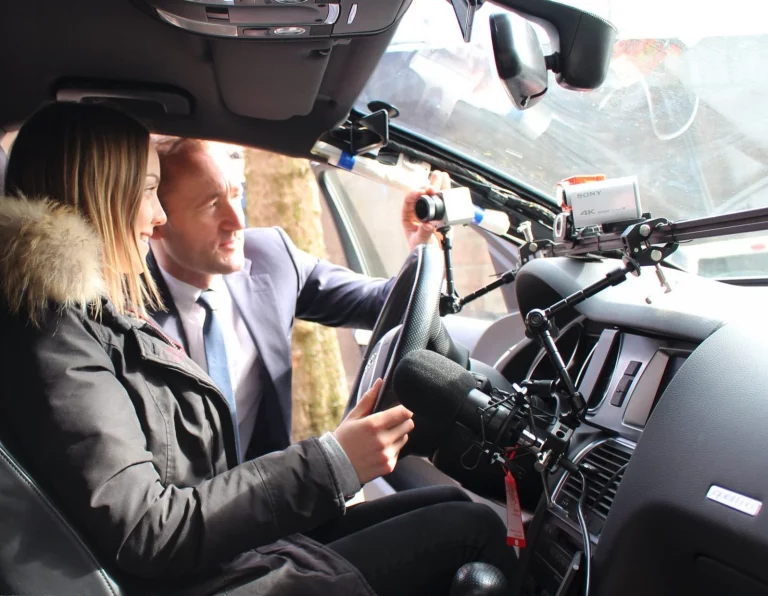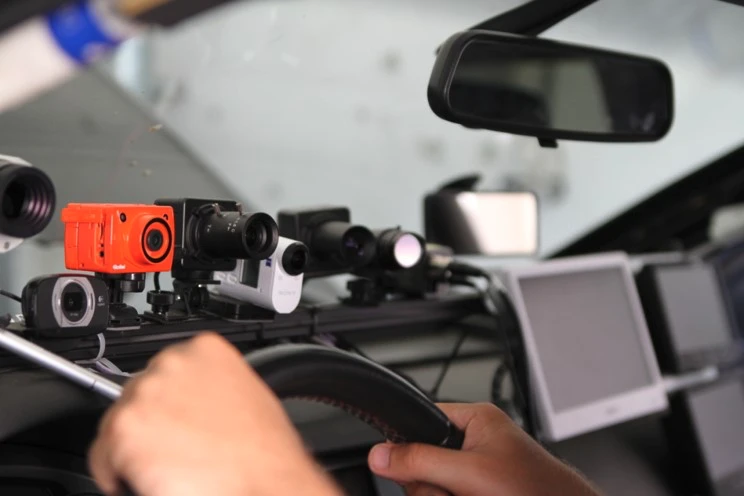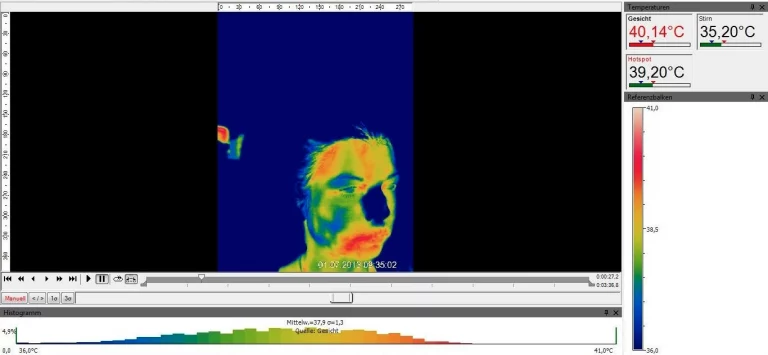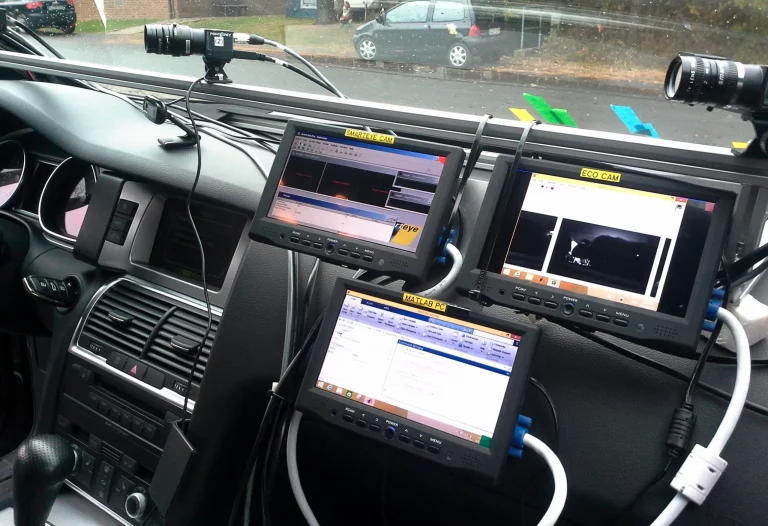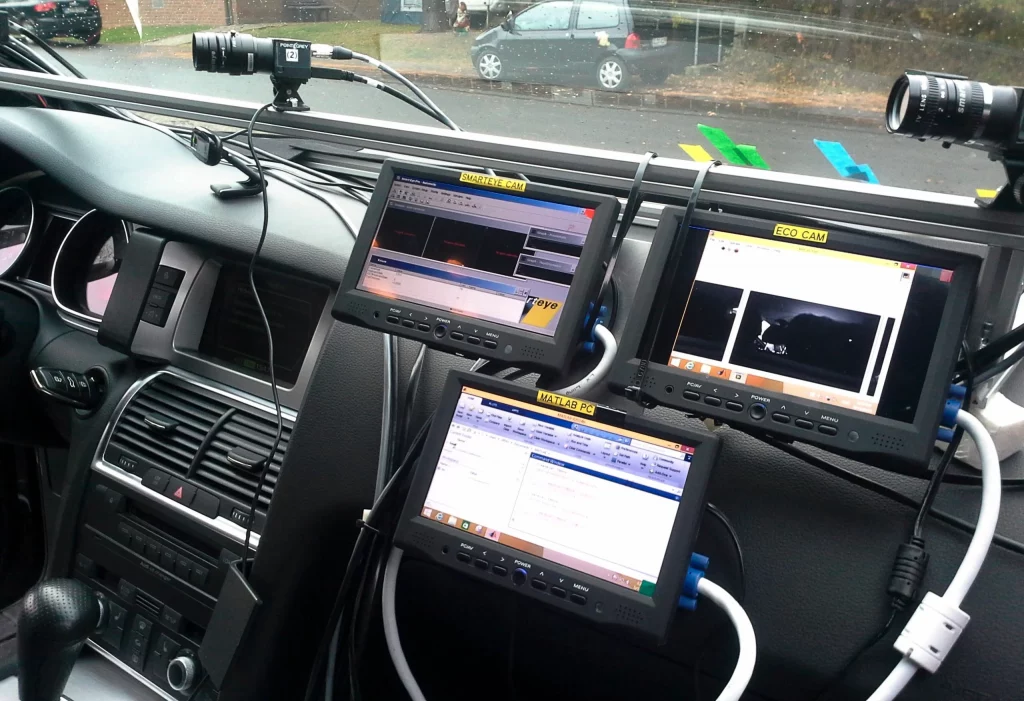
Video-Based Vigilance Detection


Project Justification
Fatigue while driving is a leading cause of traffic accidents and presents a serious risk to road safety. The BMBF-funded project VIVID aimed to address this issue by developing a contactless and robust Driver Monitoring System (DMS) capable of reliably identifying different states of driver vigilance. By detecting reduced alertness in real time, the system is designed to enable timely interventions and thus help prevent fatigue-related incidents on the road.



View of the technical devices used to collect physiological data during the test drives in the front and rear areas of the test vehicle
Our Approach
A driving simulator study involving 60 participants was conducted to examine vigilance under systematically induced fatigue conditions. The experimental design integrated key fatigue-related variables such as extended wakefulness, prolonged task duration, and time-of-day effects. Throughout the sessions, electroencephalography (EEG) was continuously recorded, complemented by additional physiological and audiovisual data streams. This multimodal setup enabled a comprehensive assessment of changes in driver vigilance over time.

Assessment of the vigilance state using various psychophysiological measures in the laboratory
Work Package, Insights and Outcomes
IXP was responsible for the analysis and evaluation of both video- and audio-based indicators relevant to driver vigilance. This included features such as eye movements, heart rate, facial expressions, and head movements on the visual side, as well as voice quality, articulation precision, speech rate, and prosody on the auditory side.
Additionally, IXP conducted a user experience assessment to evaluate the perceived usability and acceptance of the monitoring system.
The results demonstrated that driver vigilance states could be correctly predicted in 91% of cases using EEG data, underscoring the potential of multimodal monitoring systems in reliably detecting fatigue-related impairments during driving.

Assessment of the vigilance state using various psychophysiological measures in the laboratory
Interview with Prof. Dr Jarek Krajewski about the research project VIVID



Related Projects
Sudden sickness, distraction, and mind wondering detection by camera and audio based approaches for hand over situations in autonomous driving
Camera-Based Monitoring of Safety-Critical Driver Conditions
Evaluation of multiple fatigue intervention systems
Multimodal physiological measurements of mental workload for evaluating ADAS

